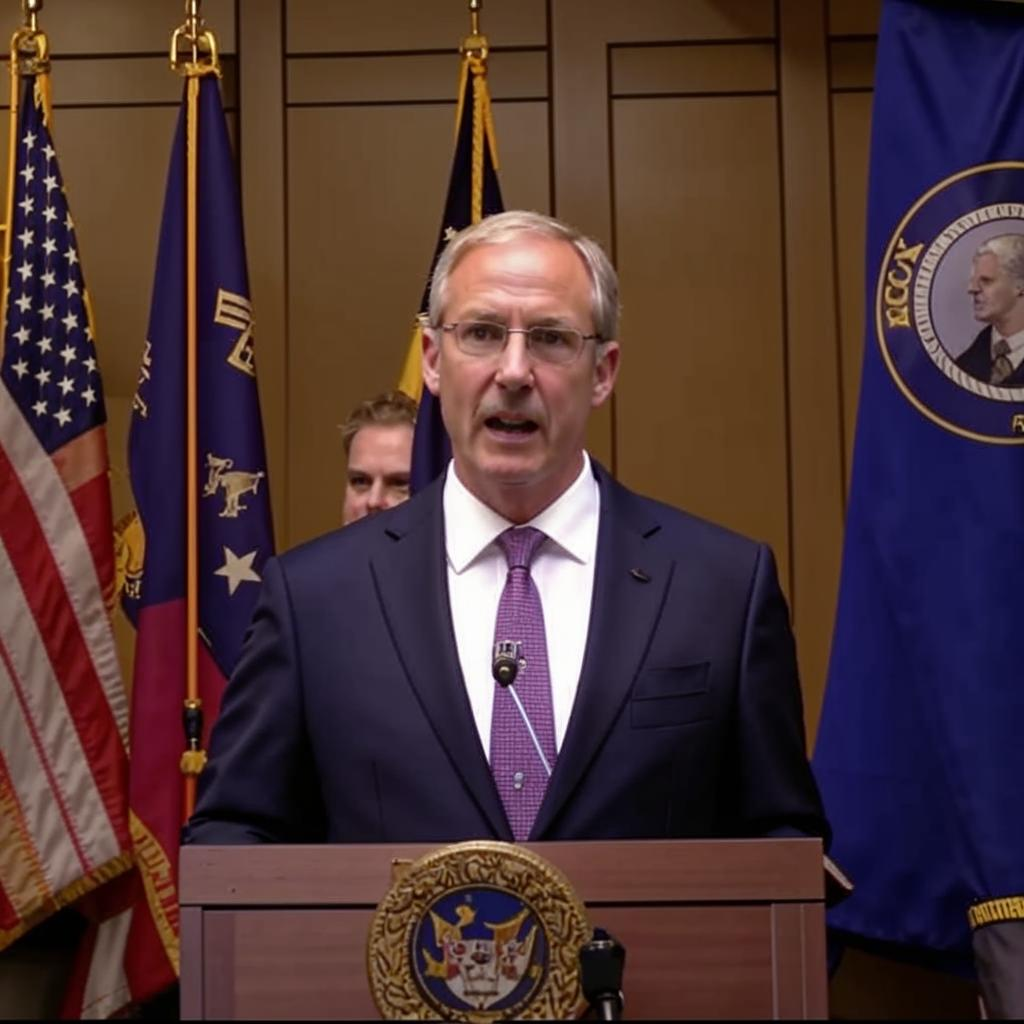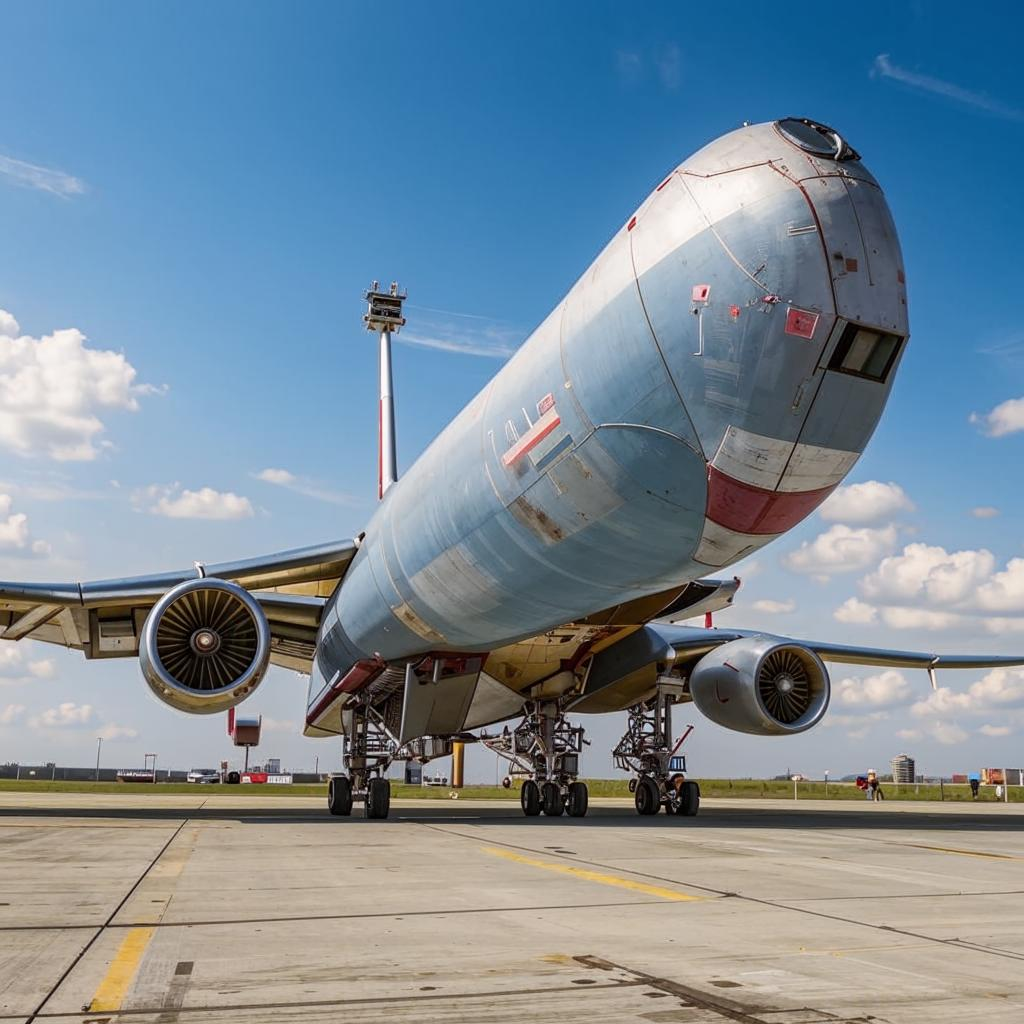The world economy faces a peculiar problem: companies are struggling to find workers even as fears of a recession loom. From hospitality and healthcare to manufacturing and technology, diverse industries are experiencing significant labor shortages.
Several factors contribute to this challenge. The COVID-19 pandemic led many people to reassess their career paths, leading to early retirements or career changes. Government stimulus programs, while helpful in supporting individuals during lockdowns, may have inadvertently disincentivized some from returning to work immediately.
Additionally, demographic shifts, such as aging populations in many developed countries, mean there are fewer young people entering the workforce to replace retiring workers. Skills gaps are also a significant issue. Many available jobs require specific technical skills that job seekers often lack, creating a mismatch between supply and demand.
The consequences of these shortages are widespread. Businesses are forced to reduce operating hours, delay expansion plans, and struggle to meet customer demand. This can lead to higher prices and slower economic growth. To combat this, companies are exploring various strategies, including raising wages, offering better benefits, investing in training programs, and automating tasks. Some are also actively recruiting workers from overseas. However, these solutions are often complex and costly.
The global labor shortage is a complex issue with no easy fix. It requires a multi-faceted approach involving governments, businesses, and educational institutions working together to address the underlying causes and create a more balanced and sustainable labor market. The success of these efforts will significantly impact the future of the global economy.














